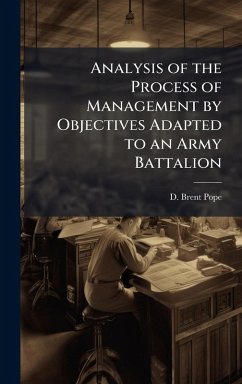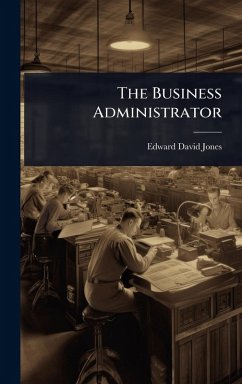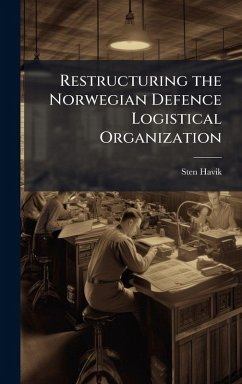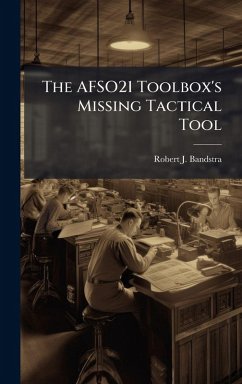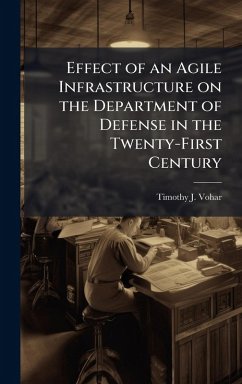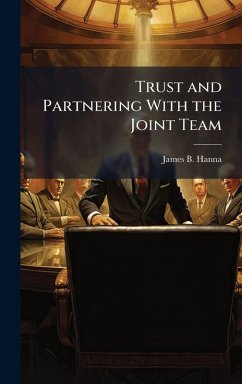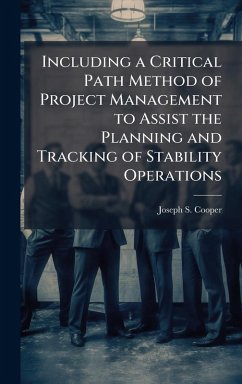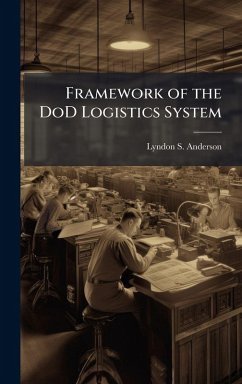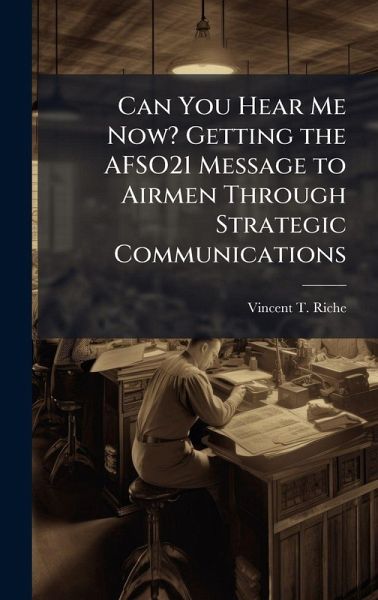
Can You Hear Me Now? Getting the AFSO21 Message to Airmen Through Strategic Communications
Versandkostenfrei!
Versandfertig in über 4 Wochen
26,99 €
inkl. MwSt.
Weitere Ausgaben:

PAYBACK Punkte
13 °P sammeln!
Formally announced in 2006, Air Force Smart Operations for the 21st Century (AFSO21) is an Air Force-unique program using portions of improvement techniques such as Lean, Six Sigma, Theory of Constraints, and Business Process Reengineering to increase Air Force combat capability. One of its key objectives is to develop a culture which promotes the elimination of waste and sharing of best practices, while achieving much more savings than the work required to get those results. Since the success of AFSO21 requires relentless dedication of all airmen, an effective strategic communications strateg...
Formally announced in 2006, Air Force Smart Operations for the 21st Century (AFSO21) is an Air Force-unique program using portions of improvement techniques such as Lean, Six Sigma, Theory of Constraints, and Business Process Reengineering to increase Air Force combat capability. One of its key objectives is to develop a culture which promotes the elimination of waste and sharing of best practices, while achieving much more savings than the work required to get those results. Since the success of AFSO21 requires relentless dedication of all airmen, an effective strategic communications strategy is critical in bridging the gap between Air Force executive leadership and the workforce. The AFSO21 Strategic Communications Plan authors appear to be determined not to repeat some of the mistakes made during the Quality Air Force movement of the early 1990s, and they have enlisted the services of strategic communications experts to find the best ways to spread the message to airmen. While this is encouraging, time is not on AFSO21's side. The strategy of gaining quick successes has energized portions of the Air Force; however, additional forcing functions will be required to sustain the momentum gained in the first two years of AFSO21 implementation. This work has been selected by scholars as being culturally important, and is part of the knowledge base of civilization as we know it. This work was reproduced from the original artifact, and remains as true to the original work as possible. Therefore, you will see the original copyright references, library stamps (as most of these works have been housed in our most important libraries around the world), and other notations in the work. This work is in the public domain in the United States of America, and possibly other nations. Within the United States, you may freely copy and distribute this work, as no entity (individual or corporate) has a copyright on the body of the work. As a reproduction of a historical artifact, this work may contain missing or blurred pages, poor pictures, errant marks, etc. Scholars believe, and we concur, that this work is important enough to be preserved, reproduced, and made generally available to the public. We appreciate your support of the preservation process, and thank you for being an important part of keeping this knowledge alive and relevant.



